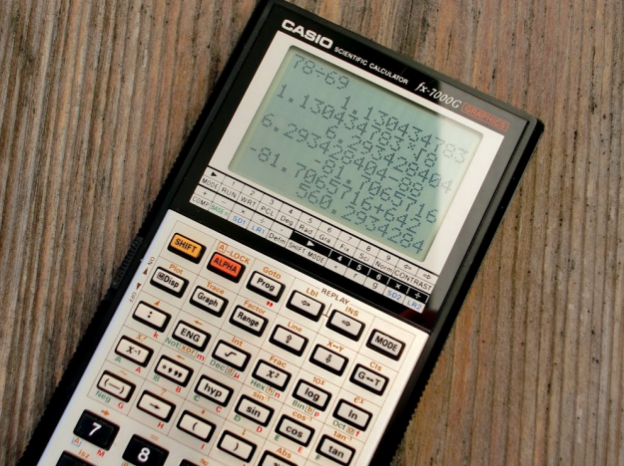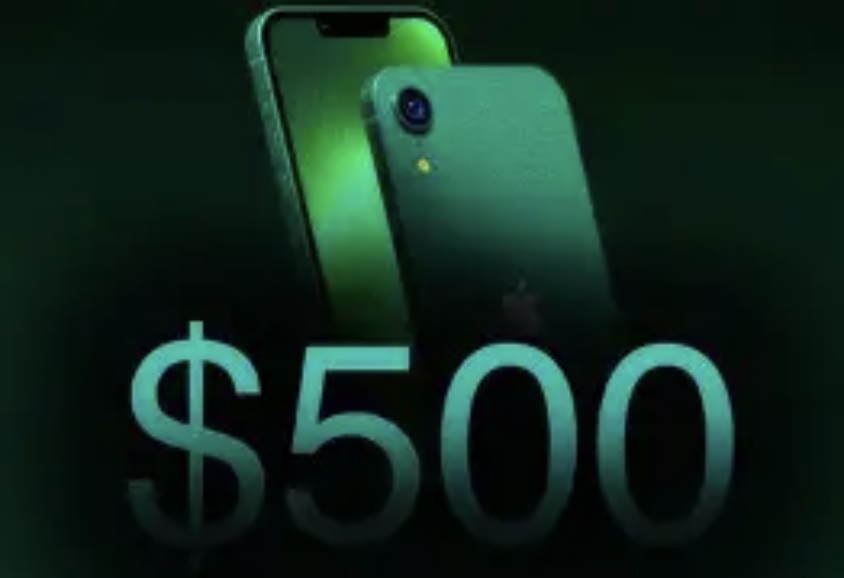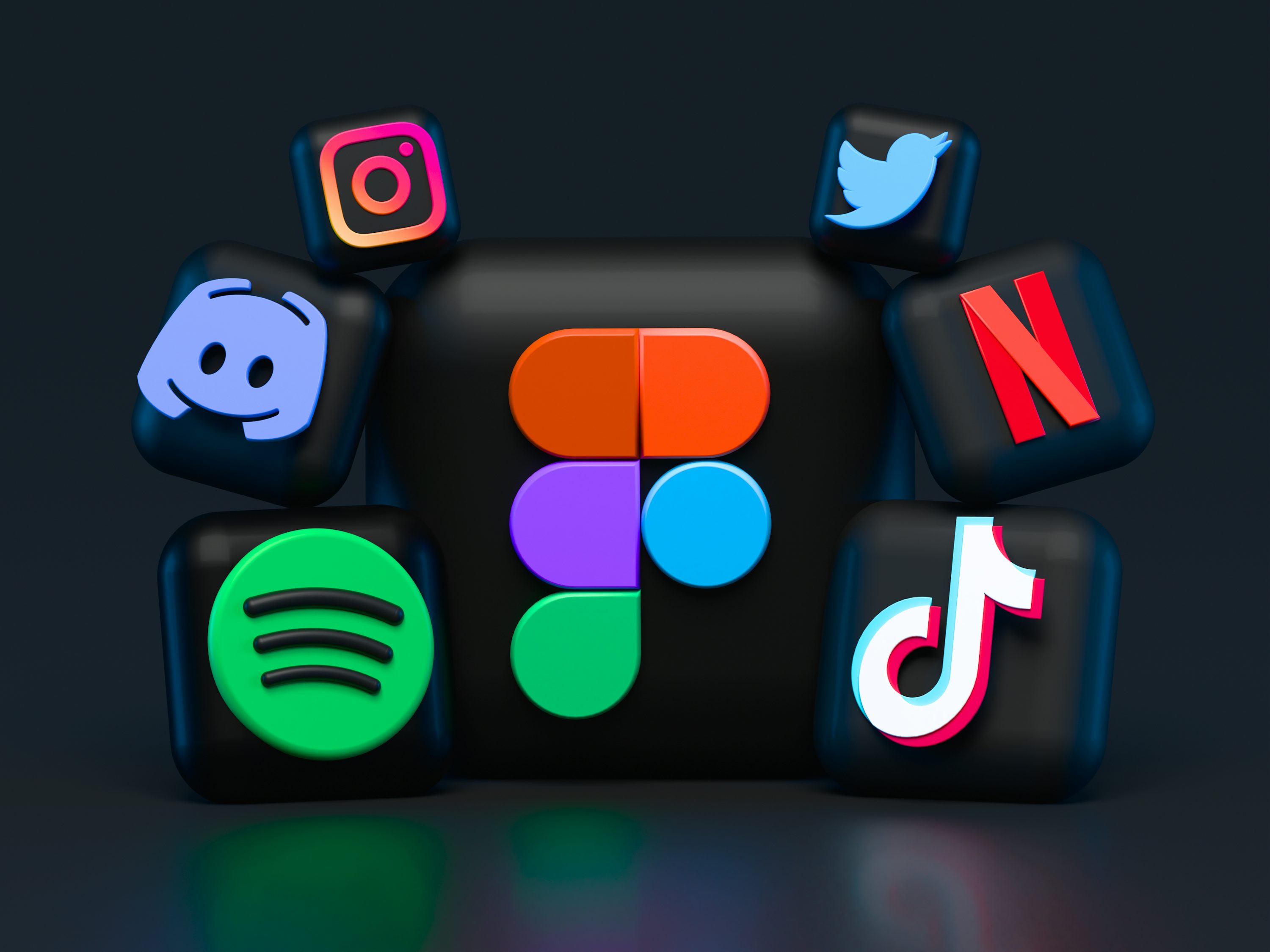Voice used to be the most difficult identity mark for human beings to disguise, until the appearance of voice changer broke all this. At the moment when biometric voiceprint is gradually becoming the core of digital identity authentication, this ancient audio technology is undergoing a transformation from an entertainment tool to a privacy shield. When the voice recognition algorithm can accurately capture the formant drift of 0.1 second, the microcode matrix of the voice changer is building an invisible sound maze.
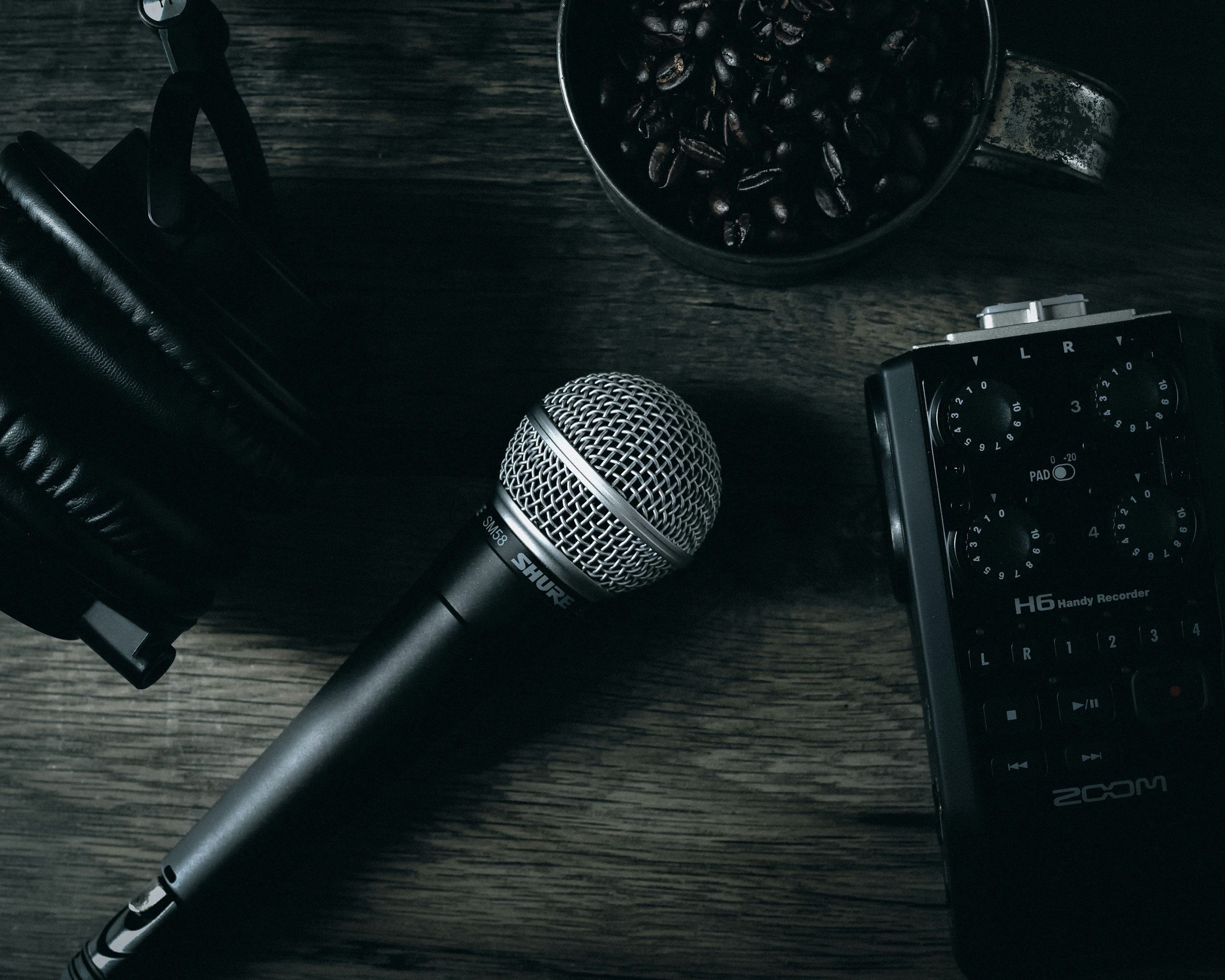
In the dark corner of the transnational intelligence conference, sound is being reshaped in a way invisible to the naked eye. The fourth generation voiceprint obfuscation technology transforms the speaker's voice into a synthesized voice mixed with four language features by embedding a sub-vocal cord mark above 16KHz in the fundamental frequency waveform. This acoustic tapestry not only keeps the semantic integrity, but also makes any voiceprint recognition system fall into the infinite loop of algorithm. What is even more staggering is that the delay of this real-time voice change is only 0.03 seconds, which is twice as fast as the speed of human nerve conduction.
In the counseling room, sound privacy technology is reshaping the therapeutic relationship. When the patient's voice is processed by Fourier transform, the therapist hears a low neutral sound with folded spectrum. This kind of "emotional filter" allows the talker to let off his guard in the sound that cannot be recognized by the gender, while the therapist can capture the real emotion through the weak vibration of sound waves. The data show that the psychological defense mechanism of patients who use voice-changing adjuvant therapy is reduced by as much as 47%.
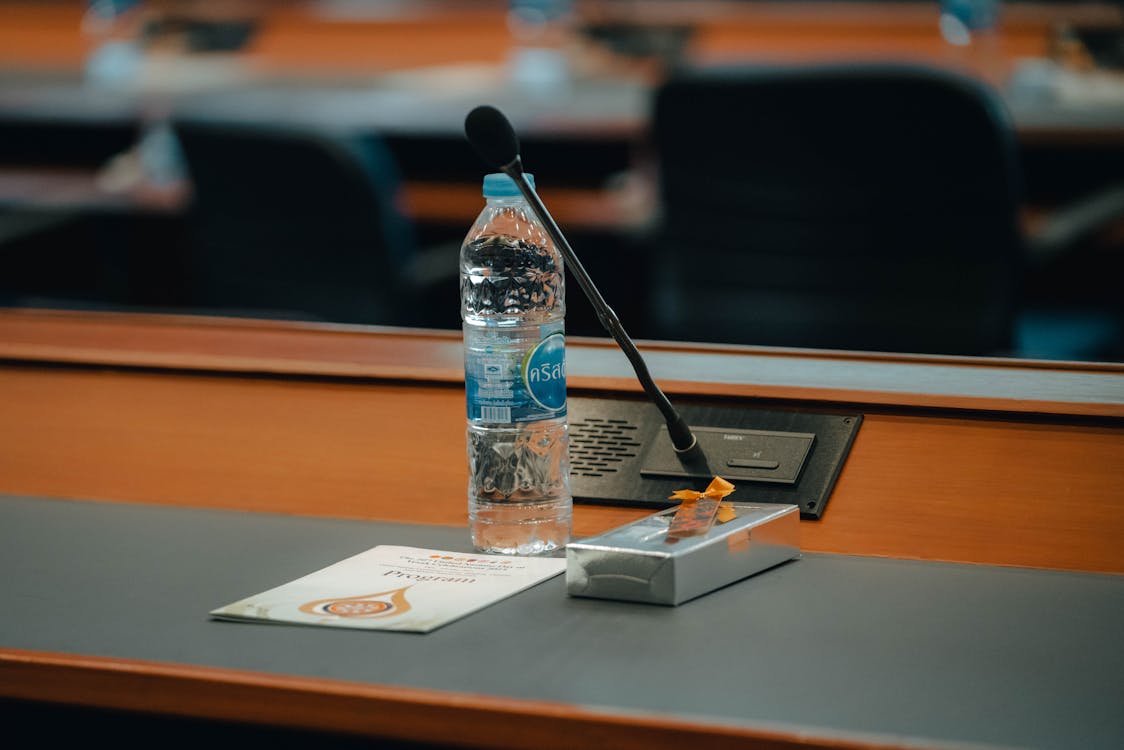
In the laboratory, the voice changer is having a deep dialogue with the brain-computer interface. The "Neurovocoder" developed by researchers can adjust the formant of sound in real time according to the amplitude of alpha wave of brain waves. When the tester tries to express anger, the system will automatically move the sharp F3 resonance peak down to a more stable F2 interval. The self-correction of this kind of voice may completely change the way of human communication-we can finally control the "honest leaks" that expose emotions in the voice.
At the same time, voice changing technology is also protecting itself from abuse. The "voiceprint entropy detection algorithm" developed by the Cambridge team can judge whether the sound has been synthesized within 0.2 seconds by identifying the tiny phase difference left by the voice change processing. This digital immune system is in an arms race with deep forgery technology. Statistics show that the difficulty of cracking the voice encrypted by the third generation voiceprint is equivalent to violently cracking 256-bit AES encryption.
What is more noteworthy is that the voice changer is becoming a tool for voice democratization. When international conferences are held, each speaker's voice is processed in real time into a synthesized voice that mixes the characteristics of mother tongue and conference language, and language hegemony is being quietly deconstructed. The "Acoustical Spectrum Equality Agreement" being tested by the United Nations requires that all official speeches must be homogenized with voiceprints, so that the voices of representatives of small countries will no longer be ignored because of language characteristics.

When we look to the future, the real value of voice changing technology may not lie in camouflage, but in reconstruction. It is teaching us to re-examine the essence of sound-not a simple vibration wave, but a complex spectrum of identity, emotion and culture. In this era when voice data is easier to be extracted than fingerprints, the sound maze woven by the voice changer may be the first step for us to regain our voice sovereignty. When everyone can freely choose the way of presenting sound, the communication ethics in the digital age may be rewritten from now on.


